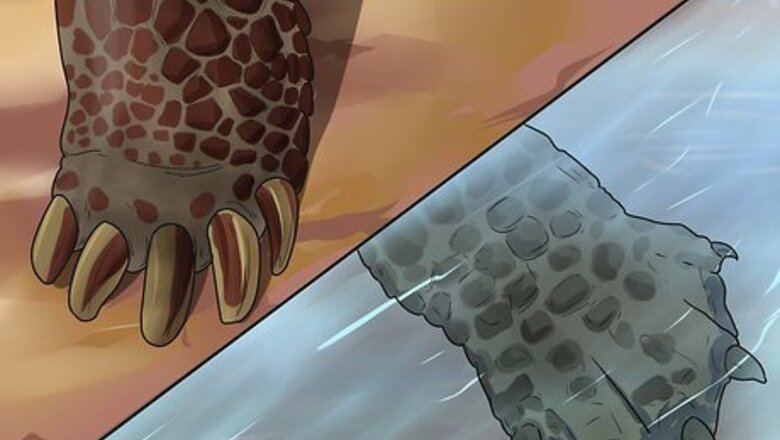
views
Checking the Body Type

Examine the feet. Turtles and terrapins tend to have flattened, webbed feet for swimming. Sea turtles are especially adapted for life in the water, with streamlined bodies and long, flipper-like feet. Tortoises, however, don't swim—they have blunt, stumpy feet for walking on land. Their rear legs are elephantine, while their front legs are shovel-like for digging.
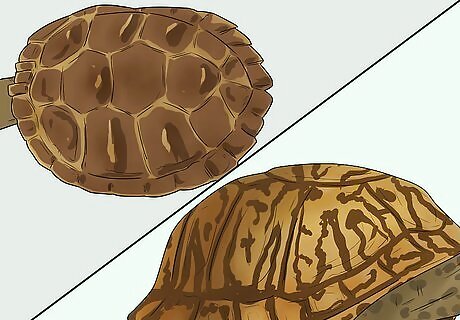
Determine the shell type. Tortoises, terrapins, and turtles have scaly skin and protective shells. With a few exceptions (like leatherback sea turtles), the shells of turtles are hard and bony. Tortoise shells tend to be rounded and domed, while turtle and terrapin shells are flatter.
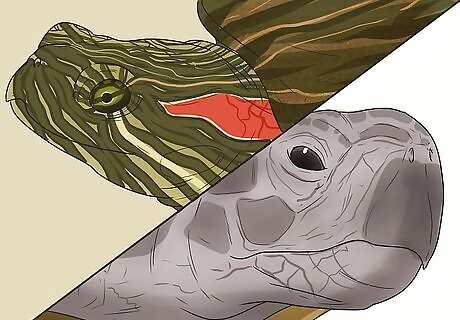
Look for any distinguishing marks. If you suspect that you are observing a particular species of turtle, terrapin, or tortoise, look for markings on its shell or body that can help you determine this. For instance: The Diamondback Terrapin may be identified by the diamond-shape pattern on its shell. The Red-eared Terrapin may be identified by the distinctive red stripe on each side of its head. The Alligator Snapping Turtle may be identified by the pointed, peaked ridges on its shell.
Observing the Reptile’s Behavior
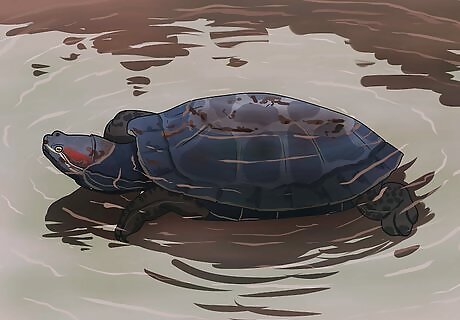
Watch for periods of reduced activity. Turtles will burrow into mud during cold seasons and go into a state called torpor (similar to hibernation). During this time, the turtles’ activity is minimal. They will remain in this state until warmer weather returns. Limited evidence shows that terrapins may also spend some time hibernating in mud, or in periods of reduced activity.
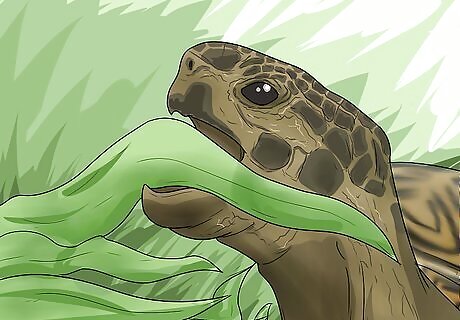
Observe what the reptile eats. Eating habits of turtles will vary greatly by species and environment, but can include plants, insects, and other small animals. Since they are land dwellers, tortoises tend to eat low-lying plants such as grasses, shrubs, and even cacti. The diet of terrapins has not been thoroughly studied.
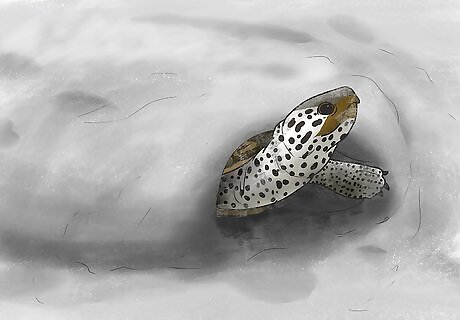
Determine nesting behavior. Land-dwelling tortoises will build nesting burrows and lay eggs. Species of turtles and terrapins that spend time both on land and in water, as well as sea-dwelling turtles, will all leave the water to lay their eggs.
Examining the Environment
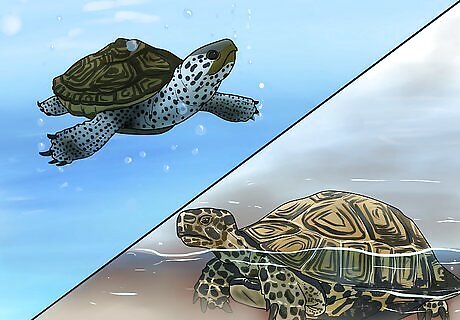
Watch for time spent in water. Turtles spend most of their lives in water. Depending on its species, a turtle may inhabit fresh water (ponds and lakes) or the sea.
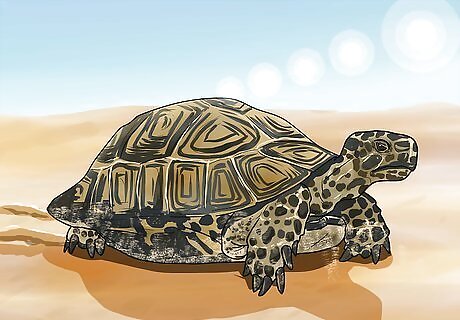
Determine if the reptile spends its time on land. Tortoises are land dwellers. Some tortoises live far from major sources of water, such as in deserts.
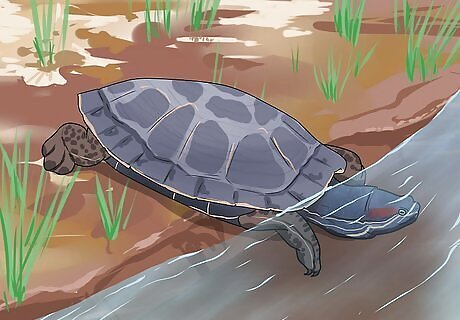
Observe if the reptile inhabits marshy regions. Terrapins spend time both on land and in water. However, they inhabit brackish waters such as marshes. Often the term “terrapin” is only used to refer to certain species living in marshes of the Eastern and Southern United States, such as the Diamondback Terrapin, or the Red-eared Terrapin (also called the Red-eared slider; this is a common pond and pet turtle).
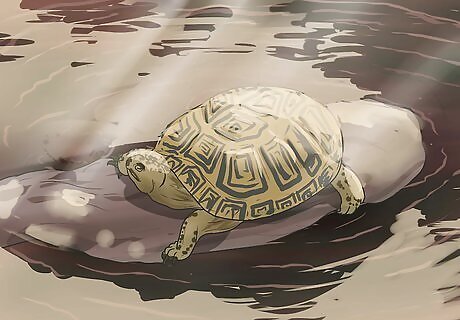
Pay attention to where and how the reptile basks. Turtles and terrapins will leave the water to bask in the sun on logs, sand, rocks, and other surfaces. Sea turtles typically spend more time in water, but will leave to bask in the sun on beaches, reefs, and similar areas.




















Comments
0 comment